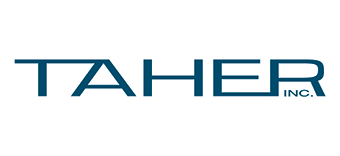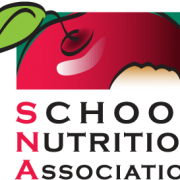SNA Survey: Districts Anticipate Meal Program Deficits
Only 18% anticipate their programs will break even, while 29% are unsure if costs will exceed revenue.
A new School Nutrition Association (SNA) survey conducted to gauge top concerns of school meal program operators nationwide indicates the majority face multiple serious challenges under new federal nutrition standards. Additionally, more than half of school meal program operators surveyed anticipate that their program expenses will exceed revenue this school year. Only 18% anticipate their programs will break even, while 29% are unsure if costs will exceed revenue.
SNA has been collecting member input through various channels in preparation to draft its 2015 Position Paper, outlining SNA’s policy priorities when Congress reauthorizes the Healthy, Hunger-Free Kids Act. The survey included responses from 1,160 SNA members in 49 states and supplements more than 150 detailed responses collected to a member comment board since October 10.
The survey revealed that “increased food costs” ranked as the most challenging of 10 key issues facing school nutrition programs. Of the 92% of respondents reporting that rising costs pose a “serious” or “moderate” challenge to their programs, 70% indicated “serious.
”The amount of food being thrown in cafeteria trash cans” ranked second among key challenges. Fewer than 3% of respondents indicated “Increased plate/food waste” is “not a challenge” for their meal programs, with 87% reporting waste as a “serious” or “moderate” challenge.
Other top concerns included “sodium requirements” and “decreased lunch participation,” cited as a “serious” or “moderate” challenge for 87% and 75% of respondents, respectively.
USDA data has shown that since schools began making required menu adjustments, more than one million fewer students choose school lunch each day, according to SNA. This declining participation, experienced across 49 states, cuts revenue for school districts already grappling with higher food and labor costs, the organization argues, noting that USDA estimates the regulations will force schools to absorb $1.2 billion in new food and labor costs this fiscal year.
“SNA has worked consistently to help school nutrition professionals as they attempt to successfully implement the new requirements,” says SNA CEO Patricia Montague, CAE. SNA is working with USDA on its Team Up for School Nutrition Success Initiative, partnering with other stakeholders on initiatives to support school meal programs and advocate for greater equipment assistance and hosting webinars and education sessions designed to help school nutrition professionals succeed, Montague notes.
“Unfortunately, since the new nutrition standards took effect, SNA has heard from an overwhelming majority of members who have encountered a myriad of problems and support requests for flexibility under the most stringent requirements,” added Montague.
Based on this input, SNA has been advocating for some flexibility in federal nutrition standards.“
As SNA develops its 2015 Position Paper to guide advocacy efforts during Child Nutrition Reauthorization, the Association will continue to advocate for positions that support SNA members in their efforts to promote healthier diets for all students,” Montague says.
SNA’s 2015 Position Paper will be released in early January.




